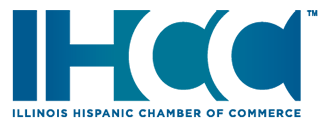If you’re a small-business owner and you want to take advantage of this financing, here’s what you need to know.
1. The program is largely the same.
Under PPP, small businesses can apply for loans to help them keep their employees working despite the pressures of COVID-19. The loan are forgiven when an employer documents that the money has been used properly. The program has proven massively popular.
2. The rules have been tweaked a bit.
The maximum loan is now $2 million (it was previously $10 million) although the payback period (five years) and interest rate (1%) for unforgiven amounts remain the same. The calculation to determine the size of your loan will still be up to 2.5 times your company’s monthly qualifying payroll and exclude yearly compensation of more than $100,000. You still need to get your loan not through the Small Business Administration but through an SBA approved lender.
3. The same core expenses — payroll and related costs such as group health insurance, rent and mortgage interest — are still included in the forgiveness calculation.
The mix of costs that can be used in the forgiveness calculation is still the same ratio: 60% for payroll, 40% for non-payroll. If you found that, because of rule changes, you could borrow more under a previous PPP loan, you can now go back to your banker and have that loan value changed, whether or not it’s been fully disbursed.
4. Unlike before, not every business is eligible for a loan.
Sure, you can get a first loan if you haven’t received one before or even a second loan. But to get a loan now you must show that your business has had revenue decline by at least 25% in any quarter of 2020 compared with its corresponding quarter of 2019. You also must have no more than 300 employees at a physical location, down from 500 in previous rounds. Certain firms, among them publicly held companies and businesses that started up after Feb. 15, 2020, are also excluded.


